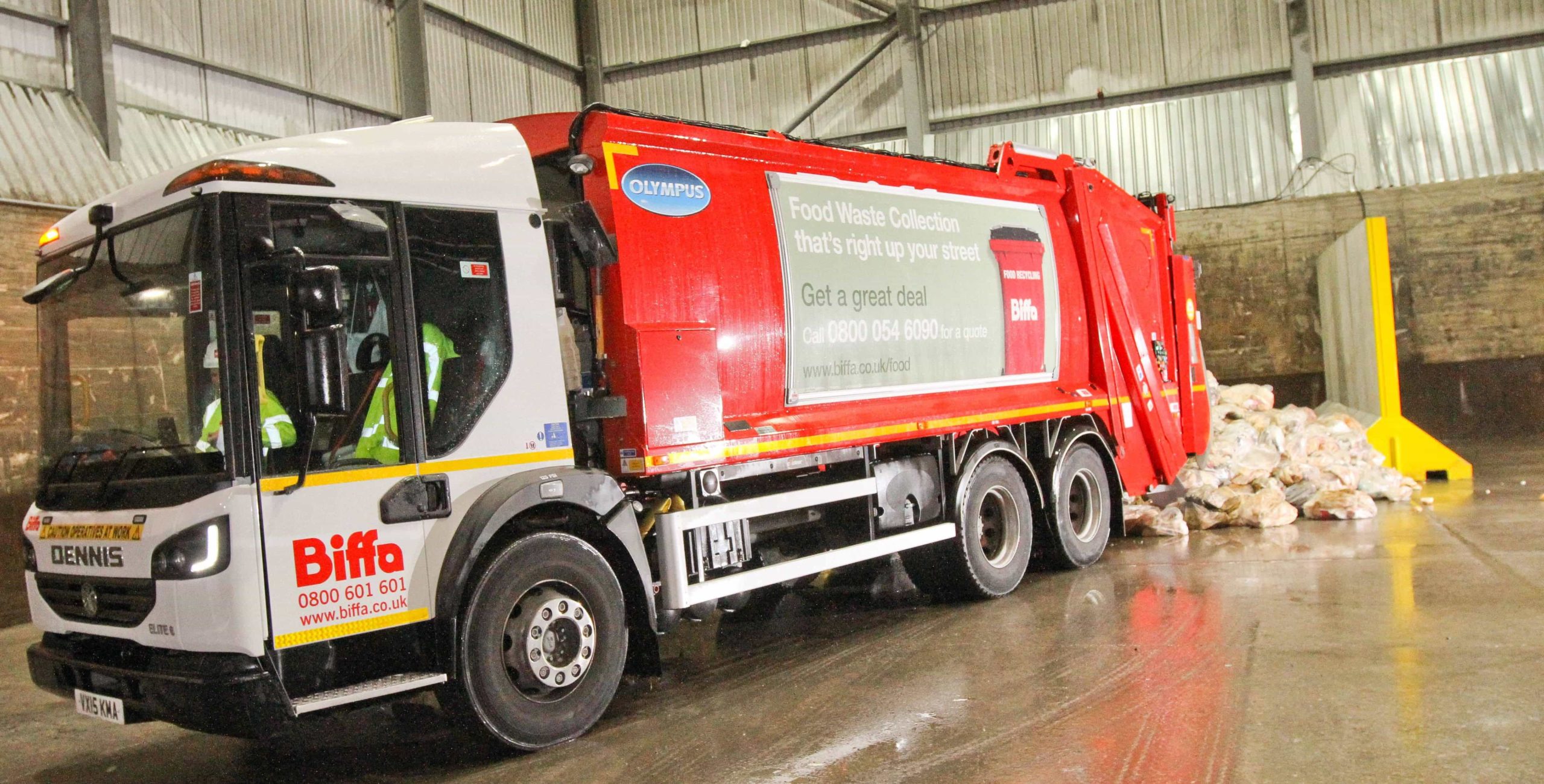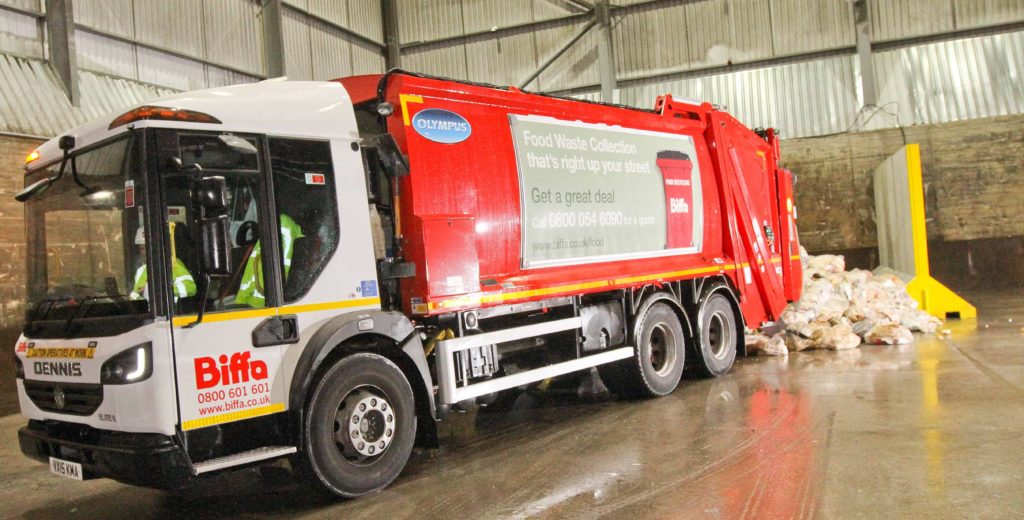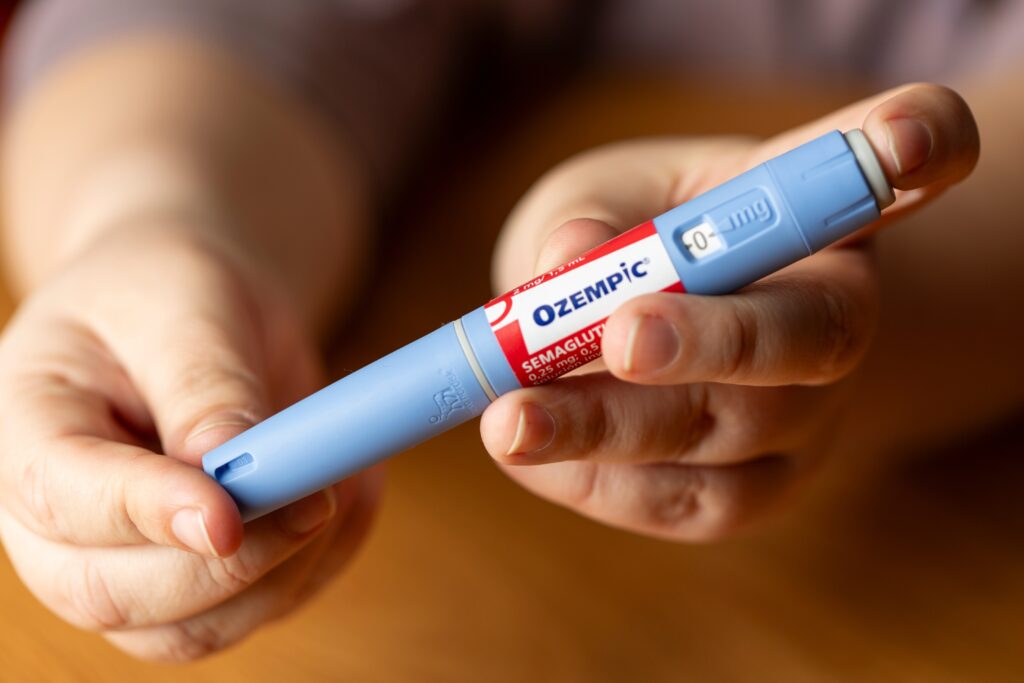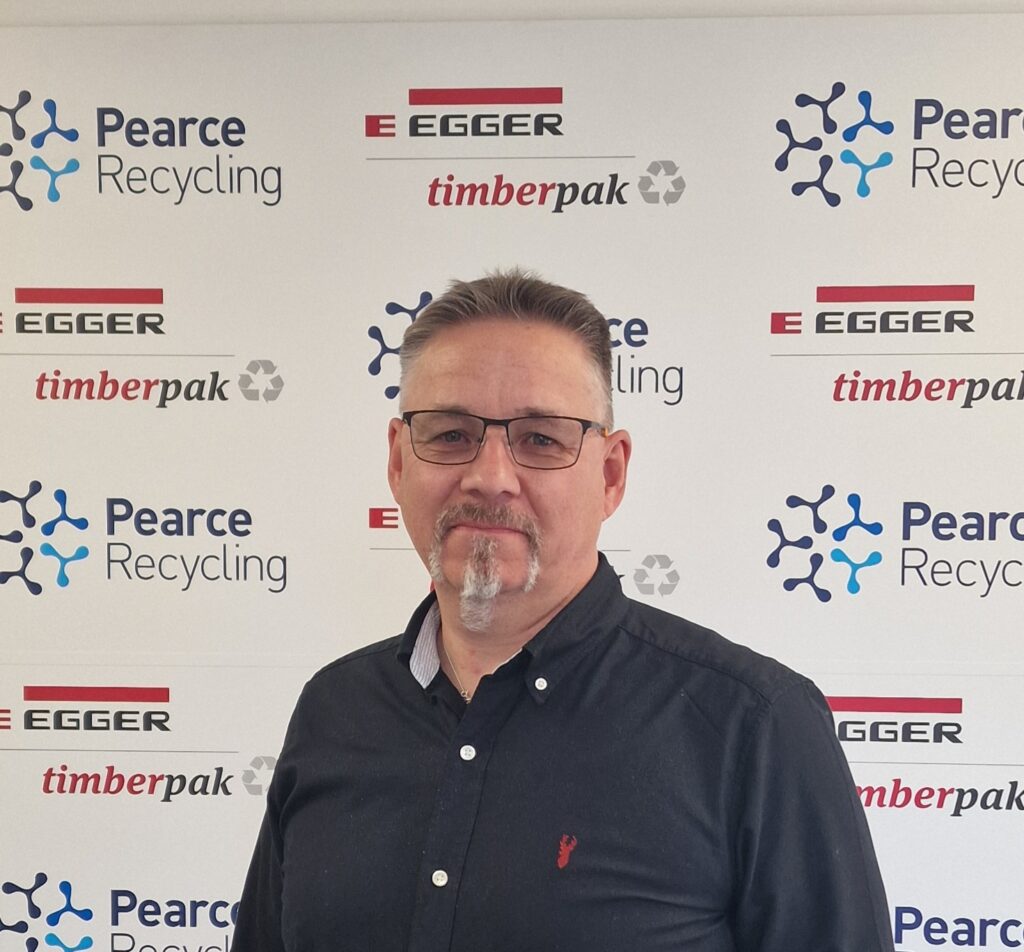The stations will be used to collect and sort food waste before it is sent to be treated at the company’s anaerobic digestion (AD) plants at Cannock Chase in Staffordshire, Wanlip in Leicestershire and Horsham in West Sussex.

The Cannock Chase site, known as the Poplars AD facility, is the largest of its kind in England, with the capacity to treat up to 120,000 tonnes of food waste per year.
Completed in December 2015, the first food waste hub has been installed at Biffa’s waste transfer station at St Helens, Merseyside, which was built in 2011. The upgraded facility now has the capability to process general household food waste collected through the company’s collection contracts in the north west as well as meat-based food waste produced from businesses.
As part of the investment, Biffa is planning a further four sites in Yorkshire, the South West, the South East and Scotland, all of which are set to be operational by summer of this year.
Landfill diversion
Chris Savage, general manager of Biffa’s Poplar’s AD plant said that the investment represents its commitment to diverting food waste from landfill, which is an issue that is becoming the focus of waste management policy.
He added: “The UK generates around 15 million tonnes of food waste each year, with businesses in the food service sector accounting for just under half of this. Sadly, 40% of this waste is currently lost to landfill due in part to a lack of regulation which would enforce food waste segregation among businesses as well as a lack of facilities to collect food waste.
“Our investment into the new transfer stations will create great efficiencies in the collection and preparation of food waste before it is sent to our anaerobic digestion plants. There, the waste is treated and converted into renewable energy which is exported to the National Grid, as well as an energy rich ‘liquid gold’ digestate derivative which farmers can apply to agricultural land.”









Subscribe for free